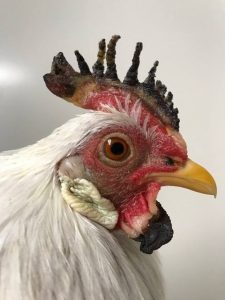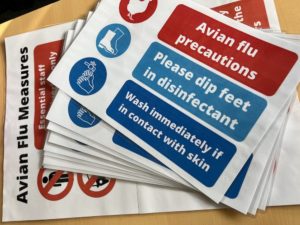
- frostbite in chickens, hypothermia in chickens, supplemental heat for chickens
A guide on the care of chicken residents at your animal sanctuary in cold temperatures, including heating, humidity and bedding considerations.
- frostbite in chickens, hypothermia in chickens, supplemental heat for chickens
A guide on the care of chicken residents at your animal sanctuary in cold temperatures, including heating, humidity and bedding considerations.

























